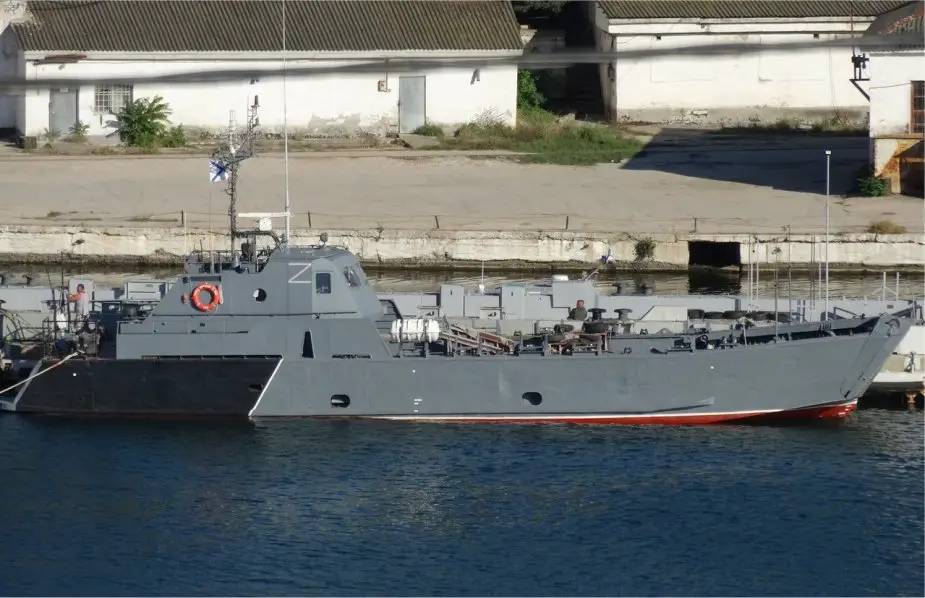Breaking news
Russia has completed the repair of a Serna-class landing craft allegedly destroyed by the Ukrainians.
According to information published by Военный Осведомитель on October 6, 2022, the Russian Navy has fully completed the recovery of Project 11770 Serna landing craft damaged during an air defense operation.
Follow Navy Recognition on Google News at this link
 Russian Project 11770 (Serna class) landing craft. (Picture source: A. Balabin)
Russian Project 11770 (Serna class) landing craft. (Picture source: A. Balabin)
The Serna class, Russian designation Project 11770, is a class of air cavity system landing craft constructed for the Russian Navy. Twelve boats were built by Vostochnaya Verf between 1994 and 2014. Four boats of the export project 11771 were built in 1994.
4 ships of the Project 11771 designation were made specifically for export to other countries. One was sold to Estonia, and 3 were sold to the United Arab Emirates.
During the 2022 Russian invasion of Ukraine, a Serna-class craft docked at Snake Island was reportedly destroyed when the island was attacked by a Ukrainian Bayraktar TB2 drone on 6 May 2022.
The fast landing craft Project 11770 main task is to quickly get to the shore, to land troopers, and just as quickly go away to a safe distance, for example, for a new "load" in the form of armored vehicles and soldiers.
The high-speed air cavity patrol boat "Serna" is designed for transportation and debarkation on an unequipped shore of wheel and caterpillar technical equipment.
The Project 11770E Serna air-cavity fast landing craft in wartime is designed for the over-the-beach landing of combat and military tracked and wheeled vehicles, as well as forward assault units.
In peacetime, the boat can be used to deliver equipment, cargo, and troops to the points of the seacoast to a distance of 600 miles. The feature of the Serna landing craft is that an air cavity, an artificial air gap with overpressure, is created under its bottom as it moves.
The cavity isolates a large portion of the hull from contact with water, thus achieving a significant reduction in resistance and providing a speed of 30 knots, as well as reduced fuel consumption.



























